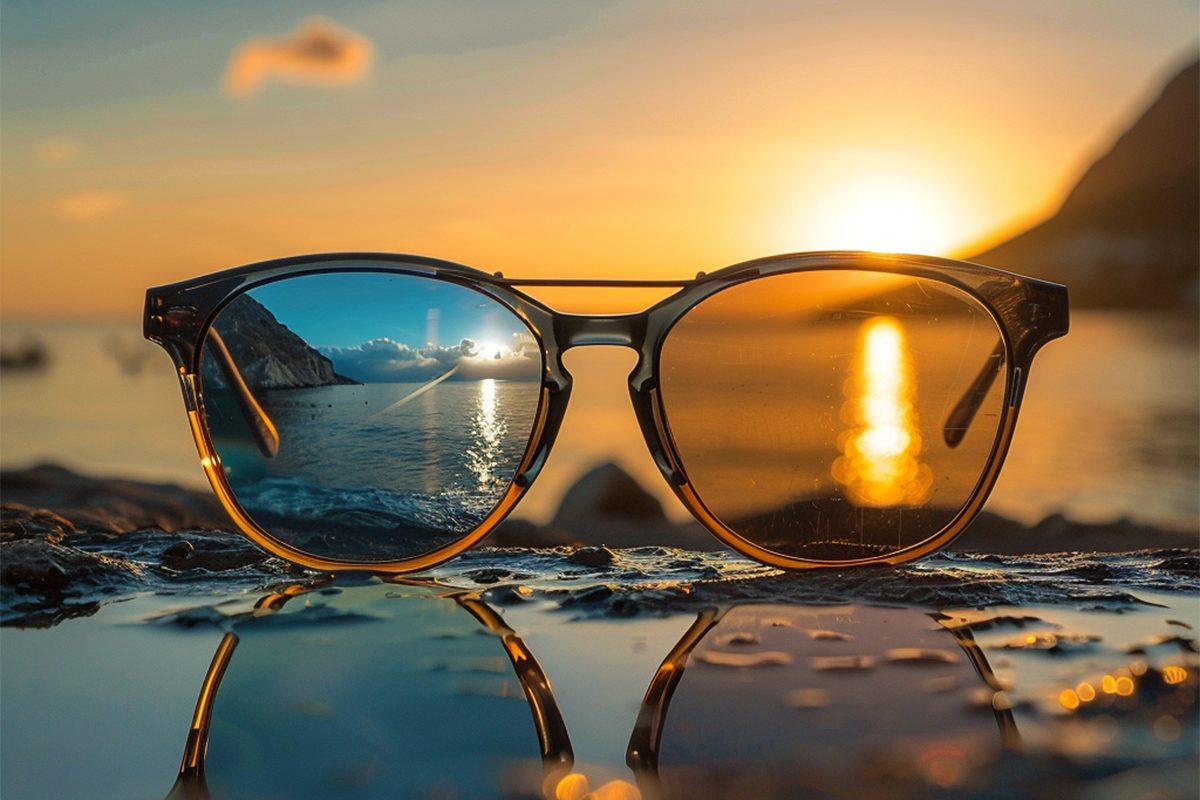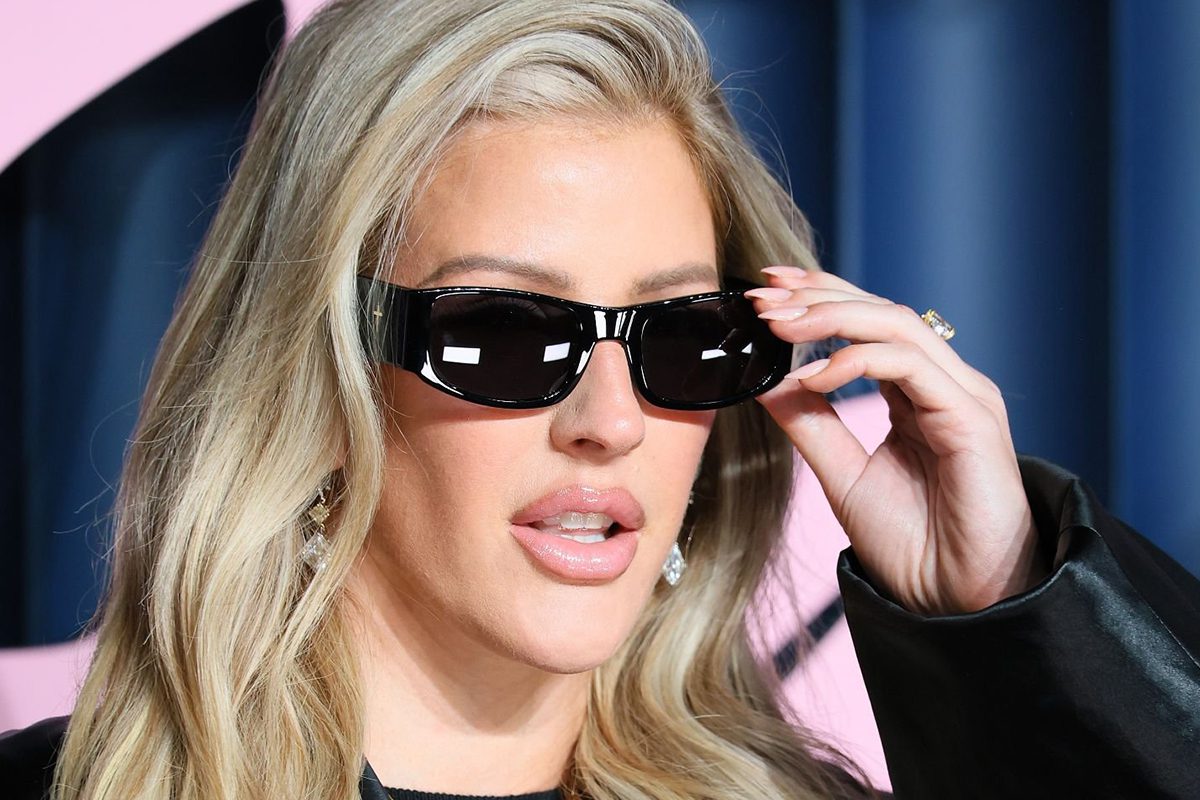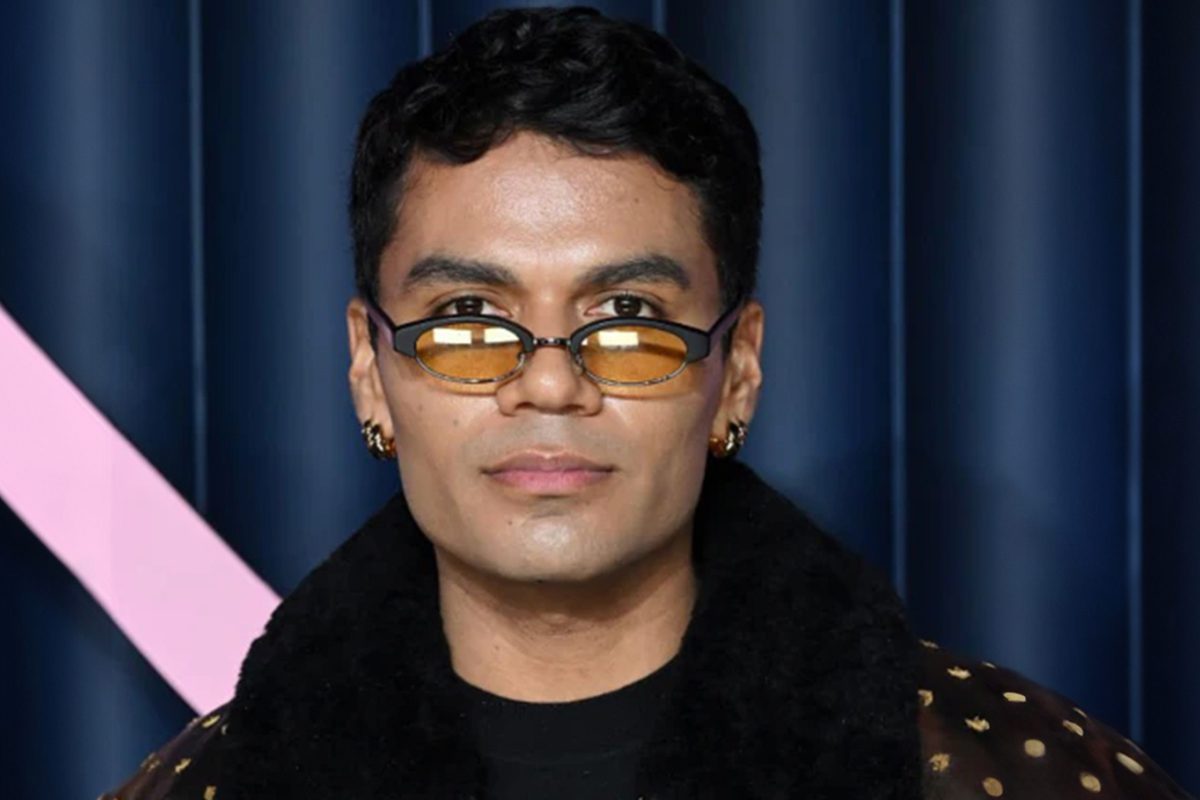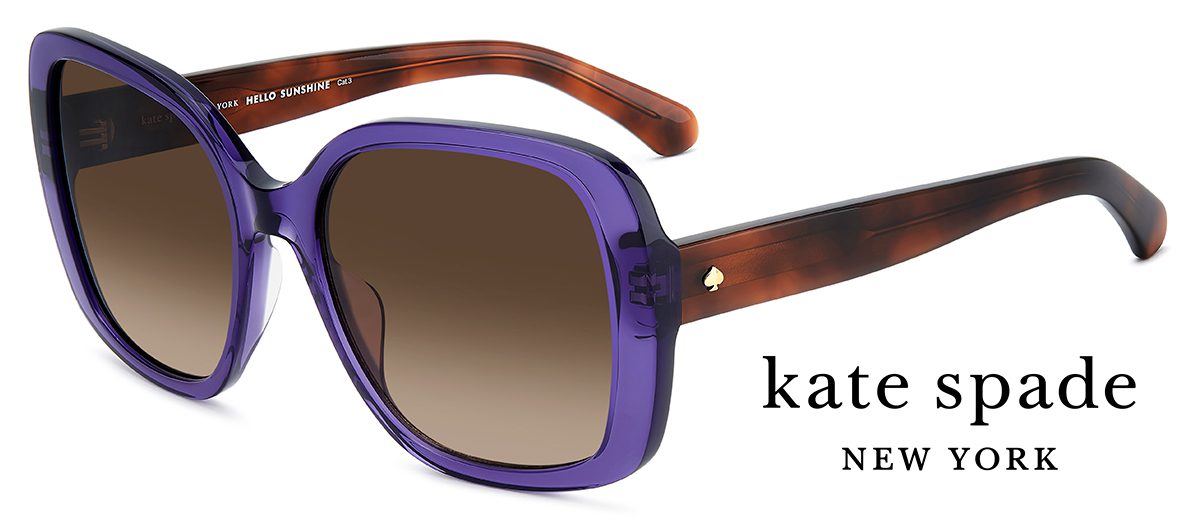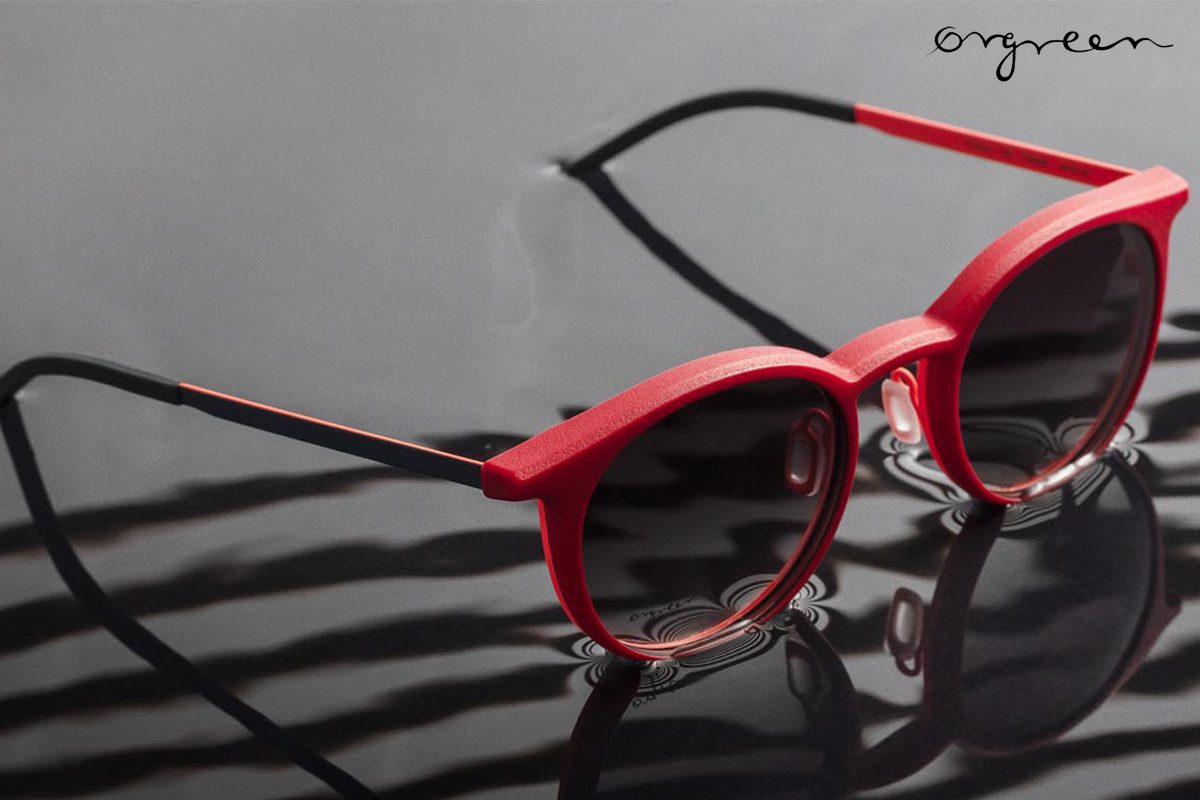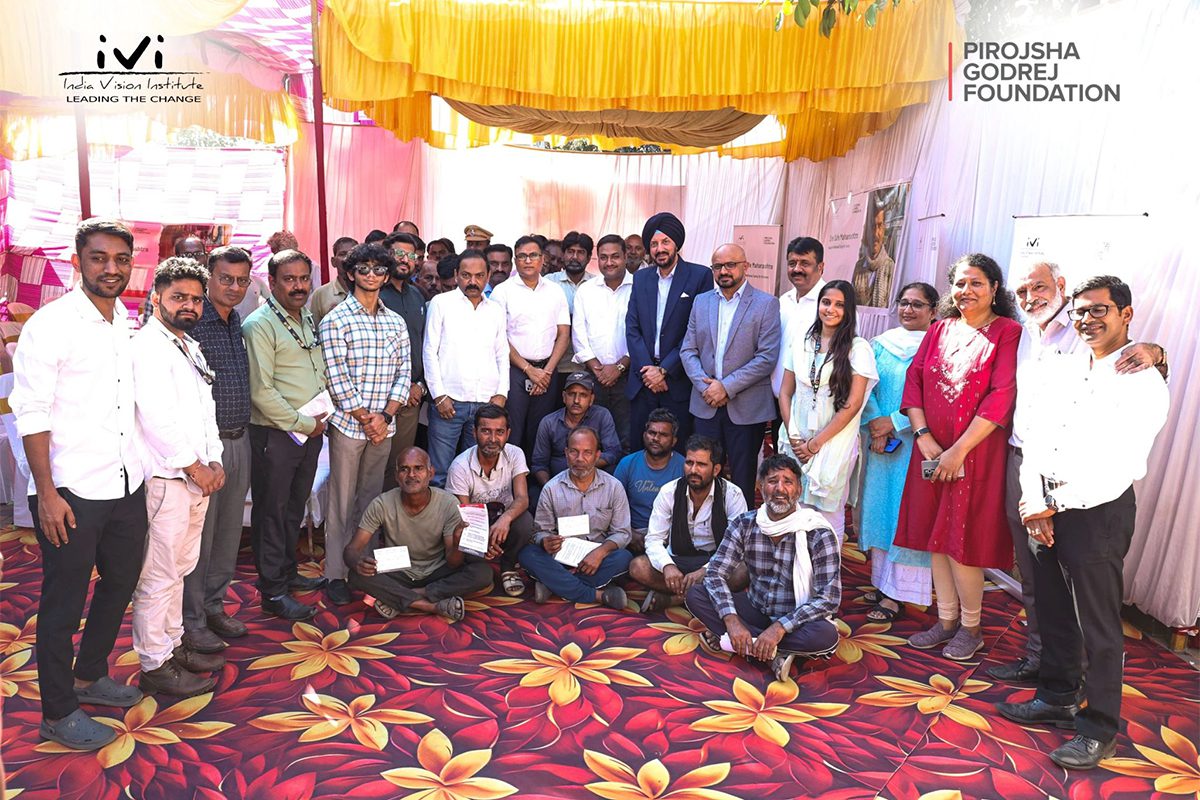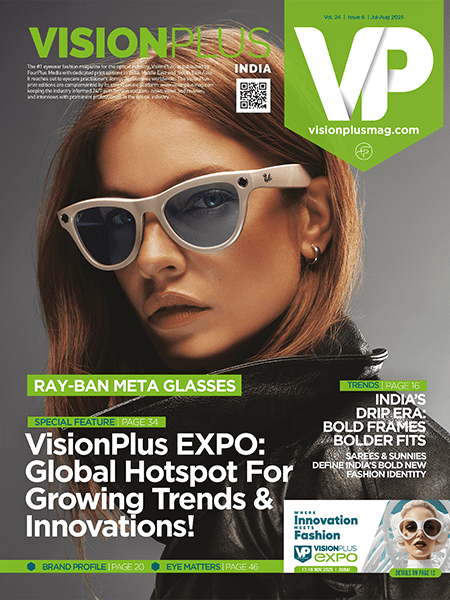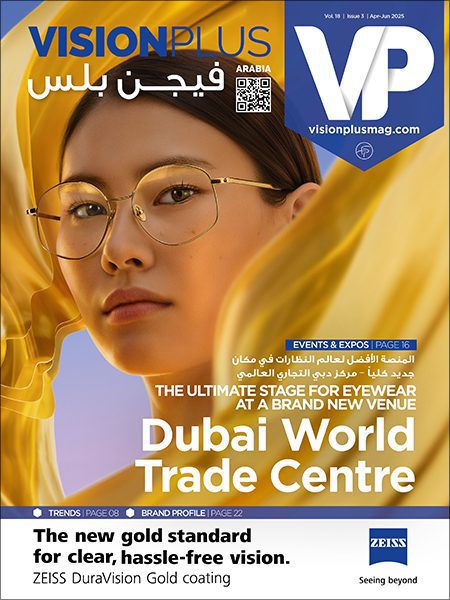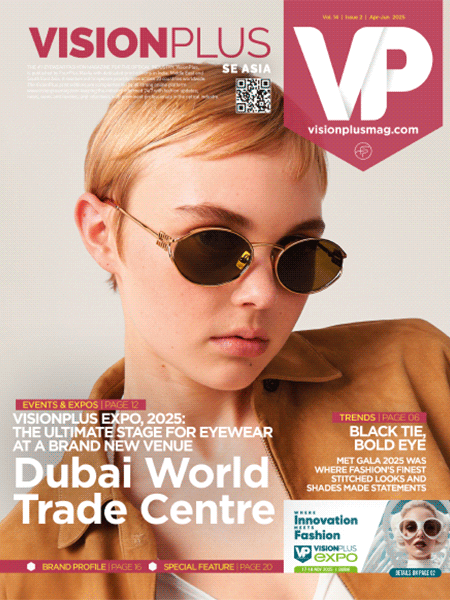This post is also available in:
![]() العربية
العربية
Ultraviolet (UV) radiation is an invisible but powerful force that can significantly impact our eye health. While most individuals are aware of UV exposure’s effects on the skin, such as sunburn and premature ageing, its impact on eye health is often overlooked.
In a country like India, where sunlight is intense for most of the year, prolonged exposure to UV rays can lead to severe eye conditions. As a result, it becomes essential for individuals—and particularly opticians—to understand the dangers of UV radiation and promote protective eyewear solutions.
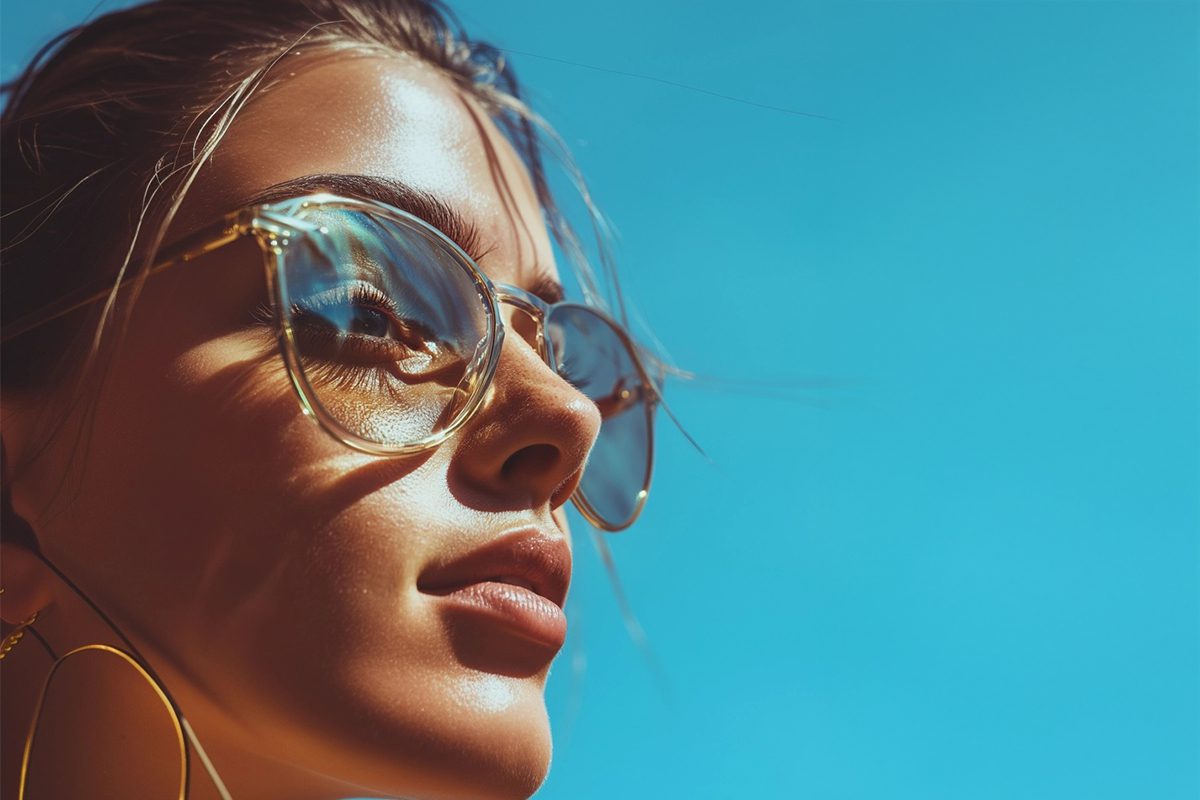 UV rays are classified into three categories:
UV rays are classified into three categories:
UVA: Penetrates deep into the eye, reaching the retina, and is linked to the development of cataracts and age-related macular degeneration (AMD).
UVB: Causes more immediate surface damage, such as photokeratitis (sunburn of the cornea), and is a major contributor to pterygium (tissue growth on the white part of the eye).
UVC: The most dangerous type of UV radiation, but it is completely absorbed by the Earth’s atmosphere and does not reach the surface.
Despite being invisible, UV radiation is a constant presence, affecting eye health year-round. Opticians play a critical role in educating customers about the dangers of UV exposure and the importance of investing in protective eyewear.
The Growing Concern
India experiences some of the highest UV index levels in the world, especially in tropical and coastal regions. Various factors increase UV exposure in the Indian environment, making UV protection even more critical.
Extended Outdoor Exposure: Many professionals, including construction workers, traffic police officers and street vendors, spend long hours in direct sunlight, increasing their cumulative UV exposure.
Reflected UV Rays: Surfaces such as water, sand and concrete can reflect UV rays, intensifying exposure levels for individuals in urban and coastal environments.
Misconceptions About UV Protection: A common myth is that only dark-tinted sunglasses offer UV protection. However, the effectiveness of UV protection depends on the lens material and coatings rather than the darkness of the tint.
Early-Onset Eye Conditions: Indian ophthalmologists are reporting a rise in cataract cases among younger individuals, which can be attributed to excessive UV exposure without adequate protection.
Understanding these risks allows opticians to better educate customers and recommend effective protective eyewear suited to Indian conditions.
Effects of UV Radiation on the Eyes
Prolonged exposure to UV radiation is linked to several serious ocular conditions. Some of the most common include:
Cataracts Cataracts are one of the leading causes of blindness in India. They occur when the eye’s natural lens becomes cloudy, resulting in blurred vision and, eventually, vision loss.
UV exposure accelerates the clouding process, making early prevention crucial. Wearing UV-blocking eyewear from a young age can delay cataract formation and preserve eye health.
Pterygium (Surfer’s Eye) Pterygium is a non-cancerous growth on the conjunctiva that can extend to the cornea, causing discomfort and vision obstruction.
It is most common among individuals who work outdoors for prolonged periods without proper eye protection. Left untreated, severe cases may require surgical removal.
Photokeratitis (Sunburn of the Eye) Often compared to snow blindness, photokeratitis occurs when the cornea is exposed to excessive UV rays.
Symptoms include redness, irritation, pain, and temporary vision loss. Although the condition is temporary, repeated occurrences can lead to long-term damage.
Macular Degeneration Age-related macular degeneration (AMD) is a progressive disease that causes loss of central vision.
While genetics and ageing play significant roles, UV exposure is a known contributing factor. AMD can make daily activities such as reading and driving increasingly difficult
over time.
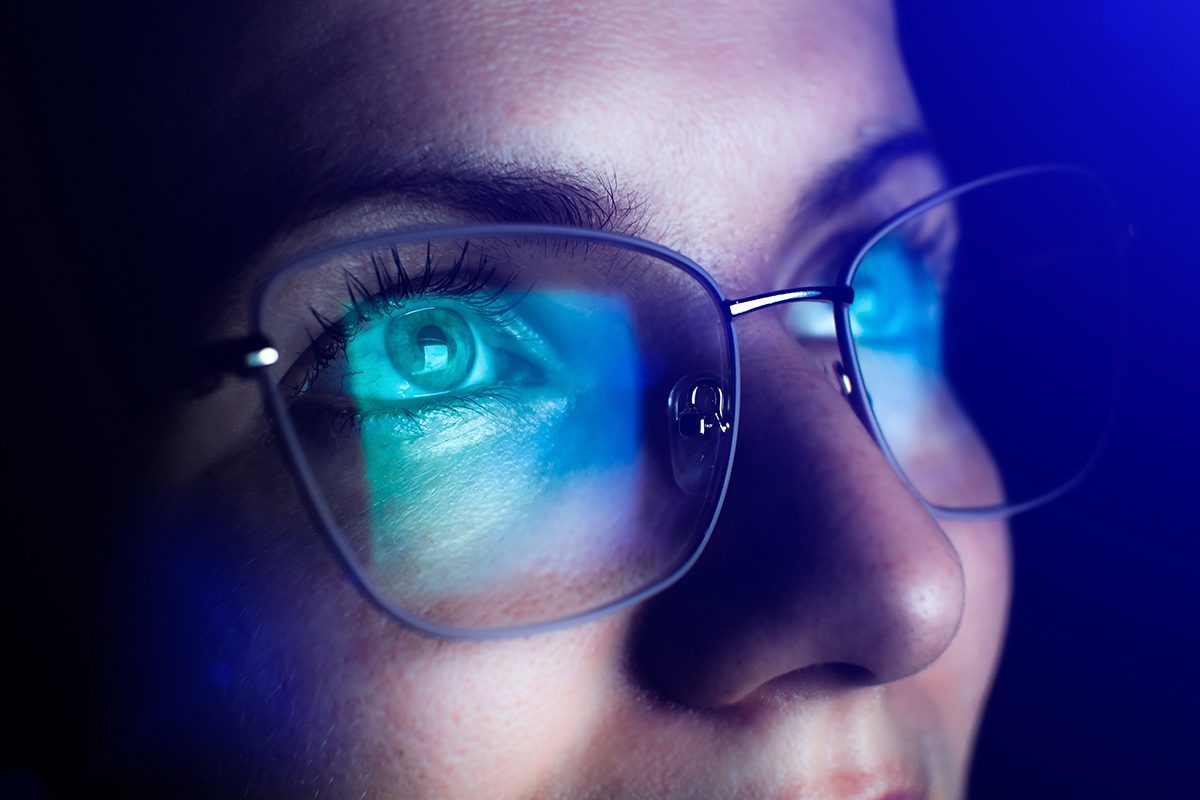 The Role of UV-Blocking Eyewear
The Role of UV-Blocking Eyewear
To safeguard vision, opticians should emphasise the importance of UV protection in eyewear. When recommending eyewear, key features to highlight include:
UV400 Protection Lenses labelled as UV400 block 100% of both UVA and UVB rays. Customers should be encouraged to verify the UV protection level of their lenses, as darker shades alone do not guarantee protection.
Polarised Lenses While polarised lenses reduce glare from reflective surfaces like water and roads, they do not necessarily offer UV protection.
Opticians should ensure that polarised sunglasses also have UV-blocking properties to provide full protection.
Photochromic Lenses Also known as transition lenses, these darken when exposed to sunlight, providing seamless indoor-to-outdoor UV protection.
They are an excellent option for individuals who frequently move between indoor and outdoor environments.
Blue Light and UV Protection Coatings With increased screen time among consumers, some premium optical lenses now feature coatings that block both blue light and UV radiation, offering comprehensive
eye protection.
Wraparound and Oversized Frames Larger lenses and wraparound styles provide better coverage, preventing UV rays from entering from the sides of the glasses.
Educating Consumers
Opticians have a significant responsibility in spreading awareness about UV protection. Some effective ways to educate
customers include:
Demonstrating UV-blocking lenses using a UV flashlight tester.
Encouraging children to wear UV-blocking sunglasses from an early age.
Explaining that UV protection is necessary even on cloudy days, as UV rays can penetrate clouds.
Highlighting the importance of UV-blocking eyewear for driving, as road glare increases exposure.
Emphasising the cumulative effects of UV damage, stressing that protection should be a daily habit.
By actively guiding customers, opticians can ensure long-term eye health benefits while also promoting high-quality, protective eyewear.
UV radiation poses a silent but severe threat to eye health, particularly in high-exposure regions like India.
By promoting UV-blocking eyewear, opticians can play a crucial role in preventing conditions such as cataracts, photokeratitis, and macular degeneration.
Investing in the right eyewear today ensures healthier vision tomorrow, making UV protection a necessity rather than an option.
Opticians, take the lead in spreading awareness—help your customers make the right choice for their eyes!

